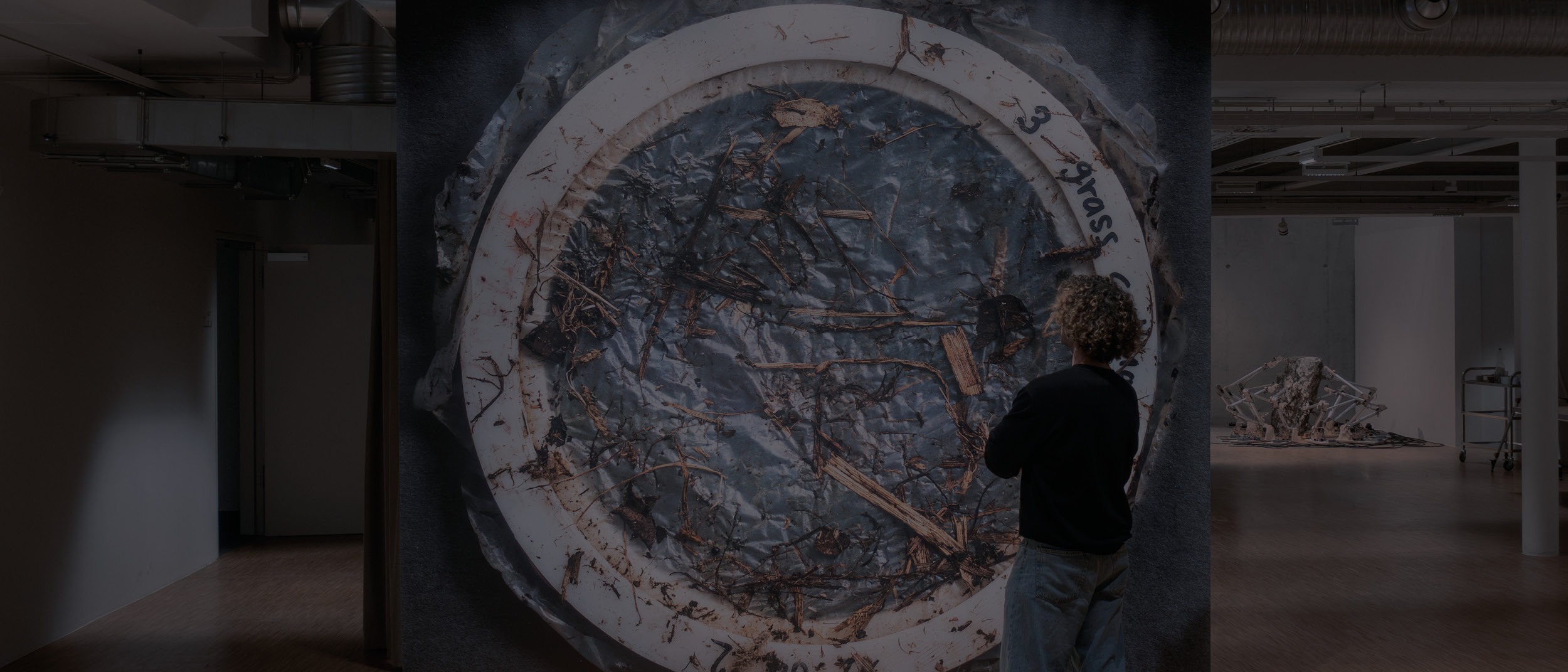The Henry Royce Institute (Royce), in partnership with Sustainable Futures and Creative Manchester, is proud to announce the opening of “Embedded,” a thought-provoking solo exhibition by acclaimed German artist duo Carolin Liebl and Nikolas Schmid-Pfähler at the Royce Hub in Manchester.
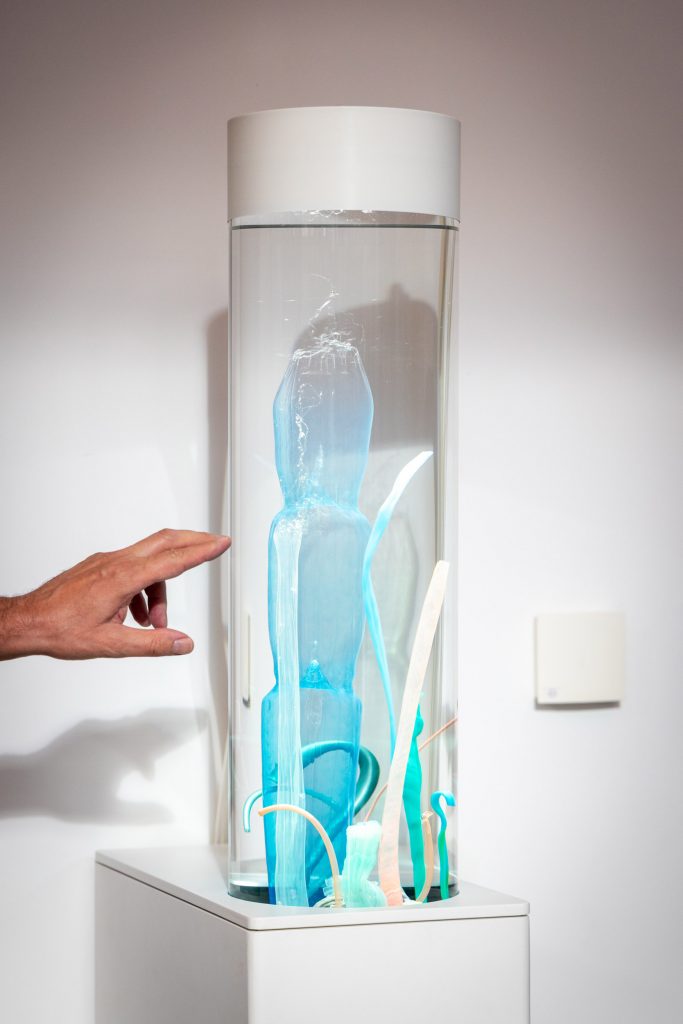
The exhibition, which launched on 28 August, presents two interconnected works that challenge perceptions of our material world through an innovative fusion of art, science, and sustainability. By embedding these artworks within the Royce Hub at The University of Manchester, the exhibition provokes reflection on material life cycles, our complex relationship with synthetic matter, and the hidden dynamics that shape our environment.
Art Meets Science in Materials Innovation
“Embedded” features two captivating installations: “Cho. I’m breaking up with you.” and “Nature Soft.” Both works emerge from the artists’ ongoing collaboration with Professor Michael Shaver at the University of Manchester’s Sustainable Materials Innovation Hub, demonstrating how artistic practice can illuminate scientific research in materials sustainability.
In “Cho. I’m breaking up with you.,” visitors witness plastic plants slowly decomposing in sodium hydroxide, which is commonly known as caustic soda, within cylindrical glass vessels, revealing the invisible molecular forces at play in biodegradable plastics.
“Nature Soft” presents microscopic documentation of compostable films, capturing fragments of natural decay cycles and tracing connections between natural and synthetic materials.
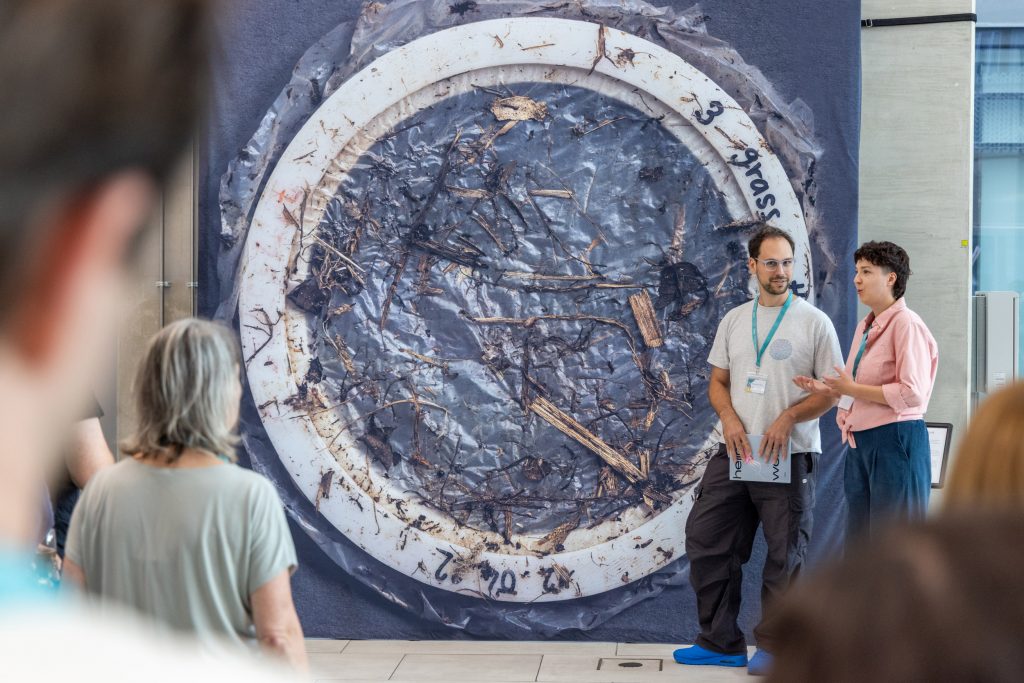
Professor Michael P. Shaver, Polestar/Royal Academy of Engineering Chair in Sustainable Automotive Polymers and Director of Sustainable Futures, commented:
“The world is built from materials, with the permanence and impermanence of these materials shaping how we use them, value them and dispose of them. These two artworks sit at an important interface between science, cultural institutions, and public perceptions and will hopefully serve as a springboard to engage and inspire.”
The exhibition aligns perfectly with the Henry Royce Institute’s mission to make complex scientific concepts more accessible to broader audiences while driving innovation in sustainable materials research.
Professor David Knowles, CEO of the Henry Royce Institute, noted:
“Visual art can play an important role in making complex scientific concepts more accessible and understandable – this aim forms part of Royce’s mission to enrich audience appreciation and understanding around the impact of materials in everyday life. Art exhibitions such as Embedded encourage dialogue around materials, sustainability and innovation.”
About the Artists
Carolin Liebl and Nikolas Schmid-Pfähler have been working as an artist duo since 2012, creating enigmatic plastic sculptures in collaboration with robotics. Both completed their studies in Fine Arts and Sociology/Media Theory at the University of Art and Design, Offenbach in 2017 with distinction.
The duo’s works have been exhibited at numerous international exhibitions and are represented in prominent collections, including ZKM in Karlsruhe, Germany, WRO Art Center in Wrocław, Poland and Ennova Art Museum in Langfang, China. In 2022, their monograph hello world was published by Distanz Verlag, Berlin.
The artworks featured in “Embedded” were created during the artists’ ArtNature/NatureArt Residency at Glenkeen Garden, Ireland, supported by the Crespo Foundation, Frankfurt am Main.
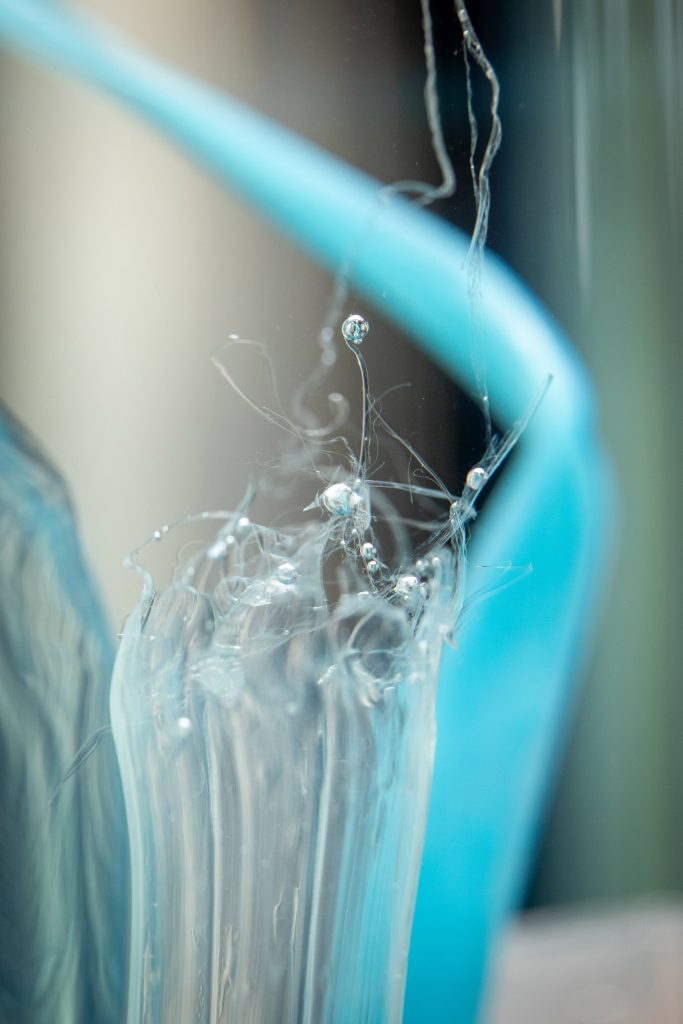
Supporting Sustainable Futures
The exhibition represents a unique collaboration between the Henry Royce Institute’s world-leading materials research and the University of Manchester’s Creative Manchester platform. This partnership demonstrates how interdisciplinary approaches can address urgent environmental challenges while engaging public audiences in meaningful dialogue about sustainability.
Professor John McAuliffe, Director of Creative Manchester, observed:
“Carolin Liebl and Nikolas Schmid-Pfähler’s exploratory, witty and experimental work asks us to think about time and material in ways that challenge how we compartmentalise and measure our work and its impact. Their art’s presence here, on campus, adds another dimension to how we understand the work undertaken by Professor Shaver and his colleagues.”
Exhibition Information
Exhibition: Embedded
Artists: Carolin Liebl and Nikolas Schmid-Pfähler
Location: Royce Hub, Manchester
Partners: Henry Royce Institute, Sustainable Futures, Creative Manchester, University of Manchester
The exhibition can be viewed by stakeholders who are visiting Royce Hub, offering a unique opportunity to engage with the intersection of art, science, and sustainability.
Media Contact: communications@royce.ac.uk
About the Henry Royce Institute:
The Henry Royce Institute is the UK’s national institute for advanced materials research and innovation, leading materials research focused on sustainability, circular economy, and cleaner technologies. Through partnerships with academia, industry, and government, Royce accelerates the development and implementation of sustainable materials solutions for a greener future.
About Creative Manchester:
Creative Manchester is one of The University of Manchester’s four research platforms, supporting interdisciplinary research across Creative Industries and Createch, Creative Health, and Civic Futures. The platform manages strategic partnerships with arts and cultural organisations while analysing the growth of Creative and Cultural Industries.
About Sustainable Futures:
Sustainable Futures at the University of Manchester brings together internationally leading research to produce integrated solutions to urgent environmental challenges, connecting environmental expertise with broader societal agendas to develop systemic, innovative and actionable solutions.
